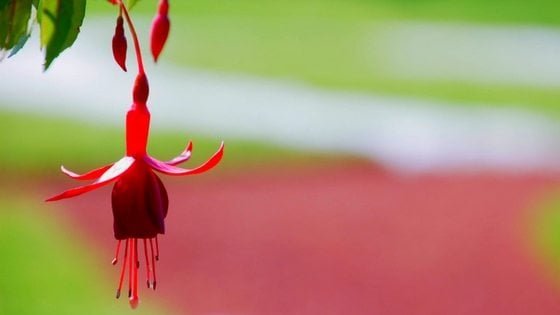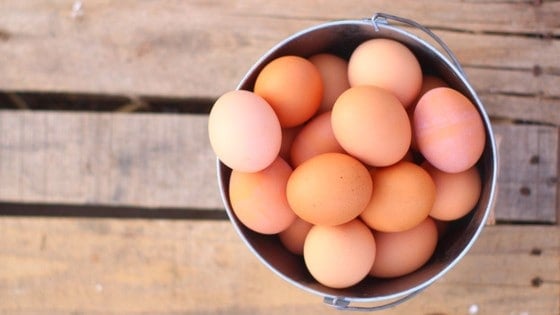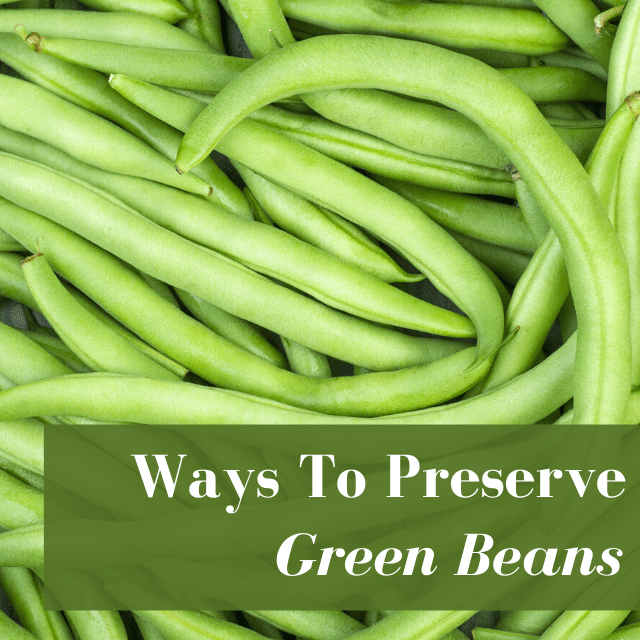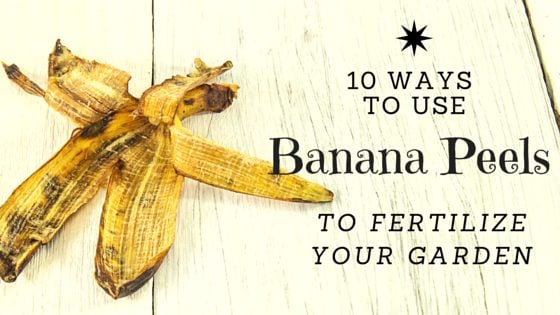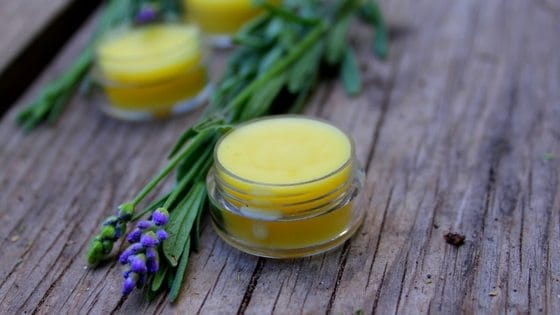When it comes to growing your own vegetables, practice makes perfect. The longer you do it, the easier it will be to cultivate and develop that “green thumb” you’ve always wanted.
But if you’re just getting started, you don’t have time to waste sitting around and wondering why your plants won’t grow. Instead, you need a quick list of the easiest vegetables to grow so that you can get started right away.
If you’re stuck in a rut and looking for a quick fix to your gardening-challenged ways, don’t worry. These are some of the easiest vegetables you can grow – no matter where you live or how little experience you have.
Table of Contents (Quickly Jump To Information)
Lettuce and Other Leafy Greens
Lettuce is not only easy to harvest (most cultivars are continuous-harvest types, making it easy for you to snip off leaves as needed) but it also is easy to grow and takes up little space. You can even grow it in a container, indoors, or as an accent plant for flowers or for larger, taller plants.
While just about all types of leafy greens are easy to grow (including kale, chard, spinach, and mustard greens), lettuce is by far one of the easiest. Many types are even shade-tolerant, meaning you can plant them wherever you happen to have space.
Lettuce is great because it is a plant that you can plant in small batches, subsequently planting new batches one after the other. By planting multiple harvests, you’ll enjoy lettuce throughout the entire growing season – instead of being overrun all at once. To do this, try to plant a fresh crop every two to three weeks.
Lettuce should be growing in well-draining soil that’s amended with aged compost. Harvest first thing in the morning, as harvesting later in the day can cause your lettuce to taste limp and soggy.
Cucumbers
What goes best in a leafy green salad? A fresh, crunchy cucumber, of course! Cucumbers are perfect in salads and they’re also super easy to grow. They can be grown in a horizontal or a vertical fashion, so as long as you give them room in one direction to sprawl, they’ll go crazy! Just remember to water them regularly and plant them somewhere in which they’ll have access to constant sunlight.
If you’re growing in a small space, consider planting a bush variety of cucumber instead of a vining species. You can start cucumber seeds indoors about three weeks before planting, or you can purchase seedlings at the local nursery. Regardless, these plants are warm-weather crops that should be planted long after the danger of frost has passed.
Tomatoes
Although tomatoes are technically fruits, we’ll humor the traditional gardeners among us and put them on this list. Tomatoes can be grown in just about any size garden. Whether you want to grow them in hanging baskets, in containers, or in raised beds, tomatoes are easy to grow. There are plenty of types to choose from, too, including cherry tomatoes, plum tomatoes, and beefsteak tomatoes.
The beauty of growing tomatoes is that you don’t have to start them from seed – they are easy to transplant and are incredibly hardy.
Carrots
The humble carrot is truly a “set-and-forget” kind of crop. You can grow them just about anywhere – although you will want to keep in mind that they won’t grow as large if you have rocky soil. Choose ground that is deep, wells-raining, and loosely packed. Many people grow carrots in raised beds, but you could grow them in a container, too – just make sure they have plenty of sunlight.
They can even tolerate a frost! Good news for us forgetful gardeners.
Radishes
Radishes grow really quickly, so even if you do make a mistake in growing them, you won’t have to worry – you can have another batch planted and mature in just three weeks. Versatile and easy to use in your booking, they aren’t just for salads but can also be used in stir-fries and other dishes, too.
The secret to growing radishes is to avoid overcrowding the seeds. You need the dirt to be loose and the plants to be spaced far enough apart so that they do not compete with each other for space.
Green Beans
Any kind of green bean can be grown in the backyard garden, from snap beans to shell beans or even whole beans. With hundreds of varieties to choose from, you’ll also get a great deal of entertainment out of snapping them! There are two major types of green beans you can grow – vine and bush. While bush green beans require less space, some people consider the vining variety easier to cultivate.
Nevertheless, both types of green beans can be grown from seed and most allow for a continuous harvest throughout the growing season. Just make sure you have full sun and well-draining soil.
Pumpkins
Pumpkins are surprisingly easy to grow, especially when you consider how expensive they are to purchase in the autumn season! However, all you need is warm soil and plenty of sunlight. There are dozens of different types of pumpkins you can grow, from miniatures to those that are perfect for Jack o’Lanterns.
Zucchini
Zucchini, as well as all other summer squashes, are super easy to grow. In fact, if you plant just one or two zucchini plants, you’ll likely find that you have so many that you’re forced to give them away to your neighbors! Zucchini plants grow well both in containers as well as directly in the ground. They are easy to grow from seed and require plenty of moisture and warm soil.
When you plant zucchini, do so in well-draining soil, ideally, that which is amended with lots of compost. Full sunlight is best, and keep in mind that you will want to provide plenty of room for the vines to run. Water regularly and fertilize once a month.
And don’t worry if you’re a gardening procrastinator, either. These seeds are best planted later in the season since they love the heat. So no worries if you forget!
Peas
Peas are similar to green beans in that it is easy to quickly become overrun with these flavorful pods. Grow one pea plant, and you’ll have enough to last you for quite some time. However, you can also simultaneously sow varieties with different maturity dates in order to get a continuous harvest throughout the summer.
Another benefit of growing peas is that you don’t have to wait for the risk of frost to pass, either. You can plant these as soon as the soil can work. Two or more weeks before the last average frost date is fine.
Bell Peppers
A flavorful vegetable that is incredibly versatile, bell peppers can be grown indoors or outside. If you start seeds inside, you can do so about four to six weeks before transplanting them. You can also purchase seedlings from a nearby nursery, but most experienced gardeners don’t recommend trying to sow seeds directly.
The reason for this is that bell peppers love heat, and need plenty of heat and sunlight in order to develop. You can’t plant seeds until all danger of frost has passed, and they likely won’t mature in time if you wait to start seed sat this point.
When you plant, put them in direct sunlight, with each plant about six inches apart in well-drained soil. Water and fertilize regularly, and be sure to pull any weeds that appear – peppers are quite vulnerable to many types of weeds.
Beets
Beets are easy vegetables to grow from seed. These develop quickly and form uniform bulbs when you grow them in loose soil, so for planting, just try to aerate the soil as much as possible to remove stones and clumps. For small beets, double your seeds in each row. This will produce smaller roots.
Beets, like radishes, are ready for harvest quite early in the season. You don’t have to rely on the typical purple beets, either, to fill your garden beds and pantry. There are also red, white, and yellow beets available too!
Garlic
Surprised to see garlic on here? Don’t be! It’s another “set-and-forget” kind of vegetable. All you need to do is tuck cloves in the garden in the fall, mulching them with straw to reduce weeds and conserve moisture. You won’t harvest until the following year, pulling the bulbs in the midsummer. You can harvest once half the leaves have turned yellow and simply hang the plants to dry.
The Easiest Vegetables to Grow for a Low-Maintenance Garden
Gardening doesn’t have to be tricky – nor does it require a ton of talent. You just need to have a good understanding of which vegetables will grow well in your chosen site. It’s not rocket science, but you should pick a spot that offers at least eight hours of sunlight and well-draining soil.
Don’t have these conditions on your farm? Don’t worry! You can still grow a garden. Instead, consider planting in containers or using raised beds to build your own ideal conditions wherever you want them to be. You’ll be enjoying the fruits of your labor in no time!
Maat van Uitert is a backyard chicken and sustainable living expert. She is also the author of Chickens: Naturally Raising A Sustainable Flock, which was a best seller in it’s Amazon category. Maat has been featured on NBC, CBS, AOL Finance, Community Chickens, the Huffington Post, Chickens magazine, Backyard Poultry, and Countryside Magazine. She lives on her farm in Southeast Missouri with her husband, two children, and about a million chickens and ducks. You can follow Maat on Facebook here and Instagram here.

